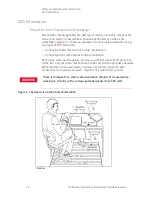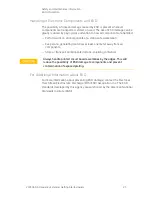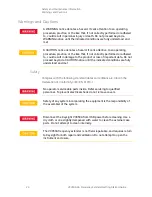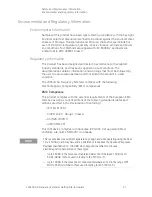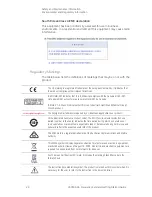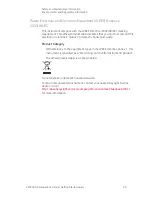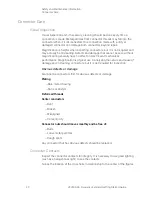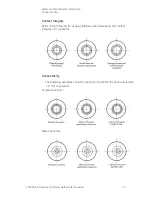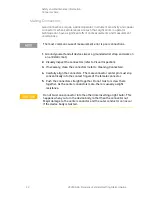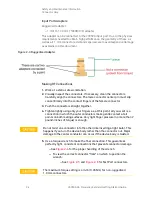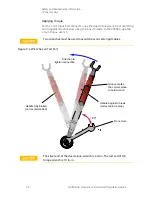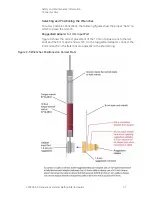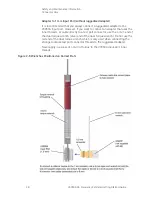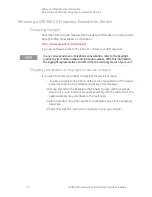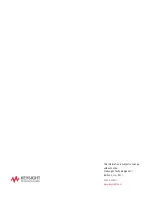
V3050A SA Frequency Extender Getting Started Guide 27
Safety and Maintenance Information
Environmental and Regulatory Information
Environmental and Regulatory Information
Environmental Information
Samples of this product have been type tested in accordance with the Keysight
Environmental Test Manual and verified to be robust against the environmental
stresses of Storage, Transportation and End-use; those stresses include but
are not limited to temperature, humidity, shock, vibration, altitude and power
line conditions. Test Methods are aligned with IEC 60068-2 and levels are
similar to MIL-PRF-28800F Class 3.
Regulatory Information
This product has been designed and tested in accordance with accepted
industry standards, and has been supplied in a safe condition. The
documentation contains information and warnings that must be followed by
the user to ensure safe operation and to maintain the product in a safe
condition.
The V3050A SA Frequency Extender complies with the following
Electromagnetic Compatibility (EMC) compliances:
EMC Compliance
This product complies with the essential requirements of the European EMC
Directive as well as current editions of the following standards (dates and
editions are cited in the Declaration of Conformity):
—IEC/EN 61326-1
—CISPR Pub 11 Group 1, Class A
—AS/NZS CISPR 11
—ICES/NMB-001
This ISM device complies with Canadian ICES-001. Cet appareil ISM est
conforme a la norme NMB-001 du Canada.
This is a sensitive measurement apparatus by design and when operating using the Pass
Thru (<50 GHz) path, may have some performance loss above the Spurious Responses,
Residual specification of –100 dBm when exposed to ambient continuous
electromagnetic phenomenon of these types:
— Up to 25 dBm in the presence of radiated fields of 3V/m between 150 kHz and
6 GHz (similar to those used in testing to IEC 61000-4-3).
—
Up to 10 dBm in the presence of conducted disturbance of 3 V in the range of 55
MHz to 65 MHz (similar to those used in testing to IEC 61000-4-6).












